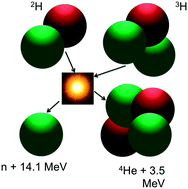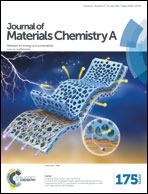Ferroelectric materials for fusion energy applications
Abstract
A power generating fusion reactor will operate under extreme conditions of temperature and high-energy particle fluences. The energy is produced by the nuclear fusion reaction of deuterium and tritium in a plasma, which can reach temperatures of the order of 100 million °C. The reaction generates helium, high energy (14 MeV) neutrons and gamma rays. The operation of a fusion reactor requires diagnostic equipment for the monitoring of temperature, pressure, magnetic fields, radiation energy and fluence, and other operational parameters. Functional materials, in particular ferroelectrics, can play many useful roles in these types of measurement. Many ferroelectrics are also known for their radiation hardness, which may favour their use in this environment. This review paper describes the functions where ferroelectrics may find useful application in a reactor, the effects of the reactor environment on materials in general, and the effects on ferroelectrics in particular. Though this review is centered on the technology associated with the Joint European Torus (JET), International Thermo-Nuclear Reactor (ITER) and the future planned DEMOnstration Power Plant (DEMO) fusion reactor types there are some similar materials related issues associated with the many other systems being explored worldwide. Conclusions are then made about the future for ferroelectric materials in fusion reactors and some of the research challenges that need to be addressed.



 Please wait while we load your content...
Please wait while we load your content...